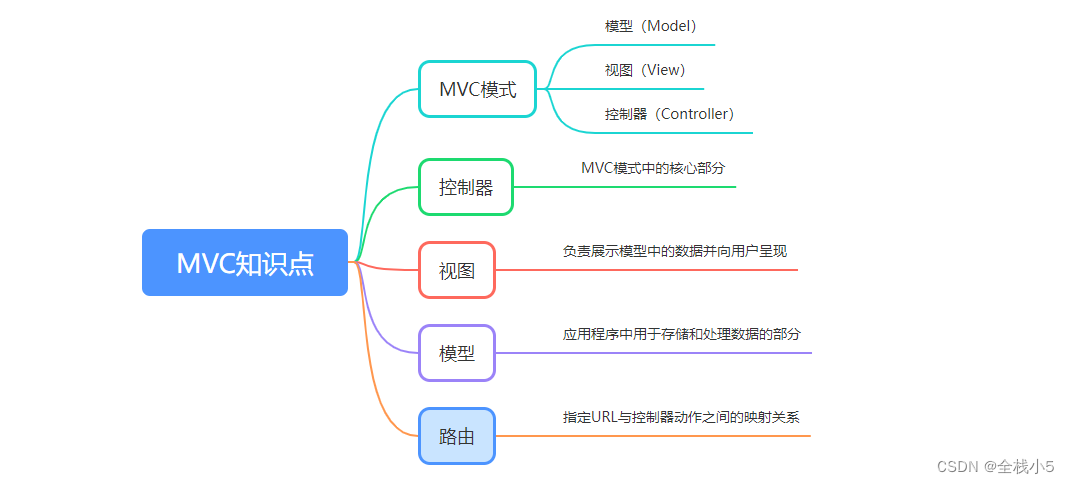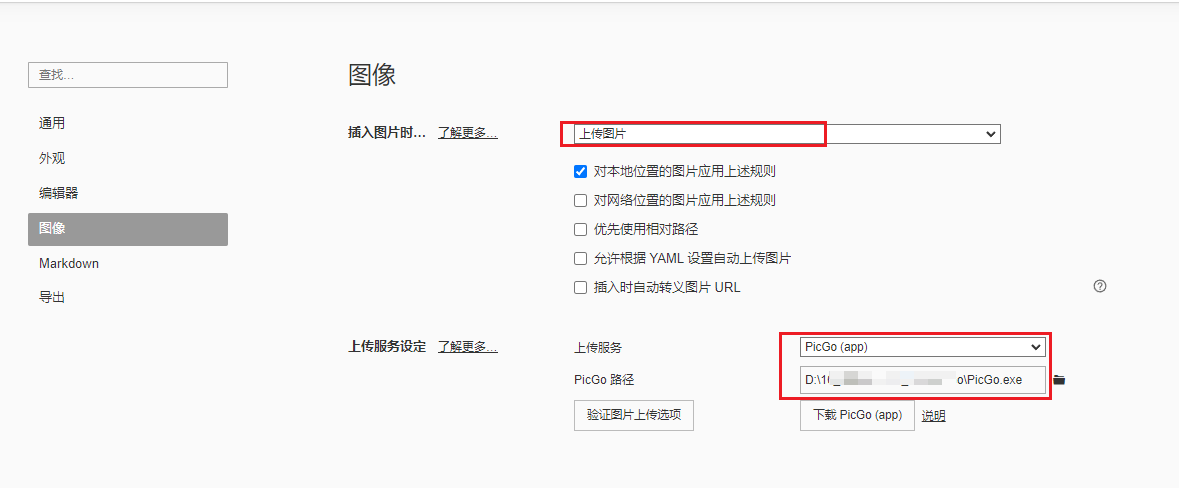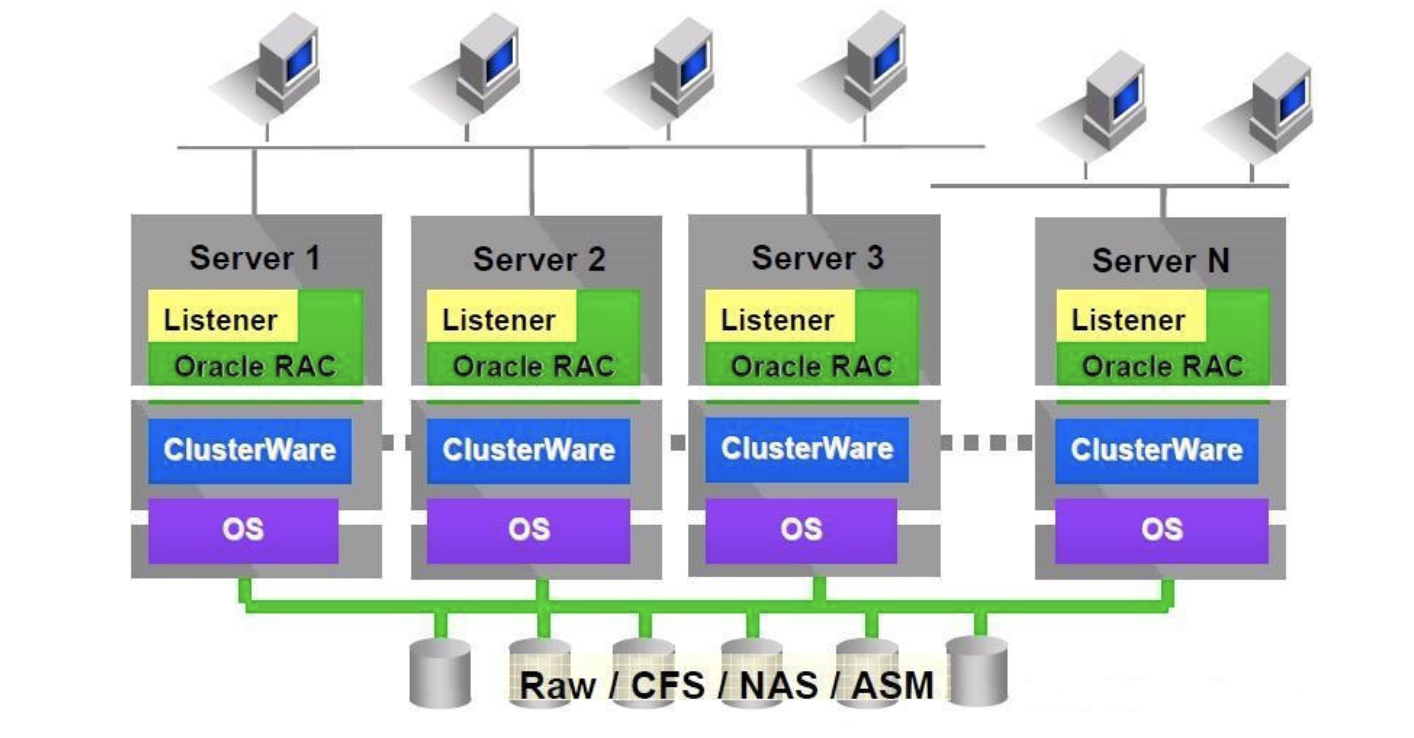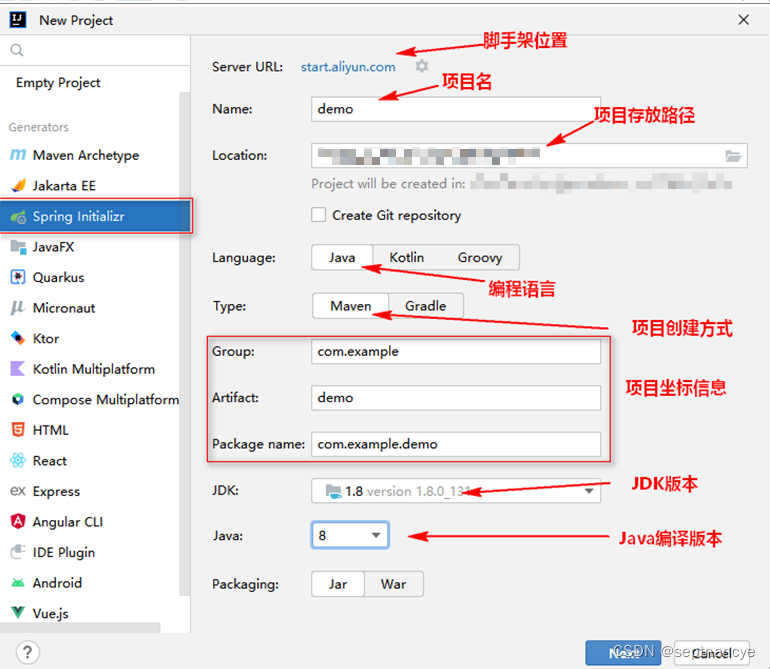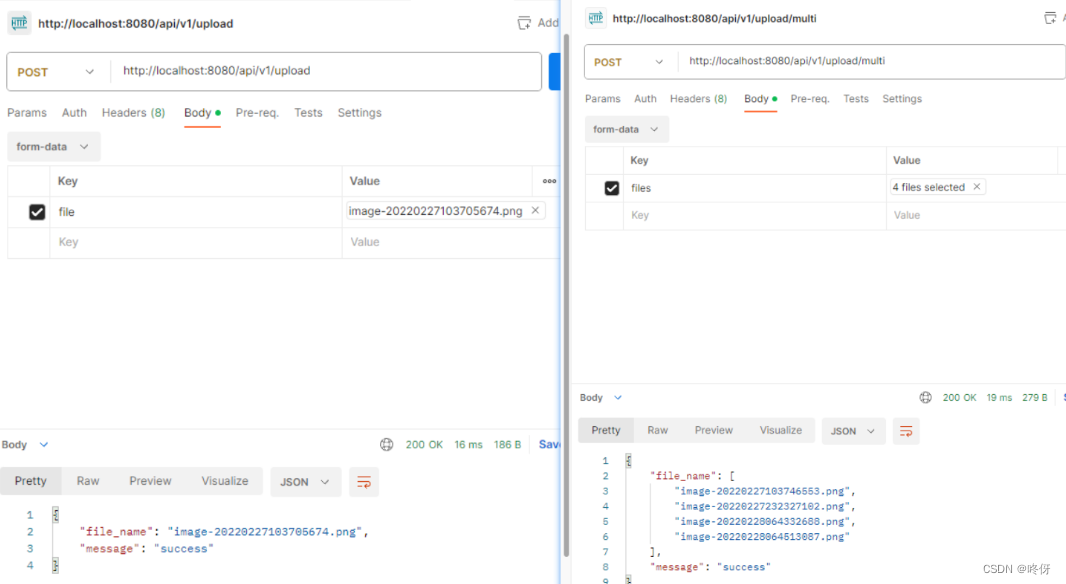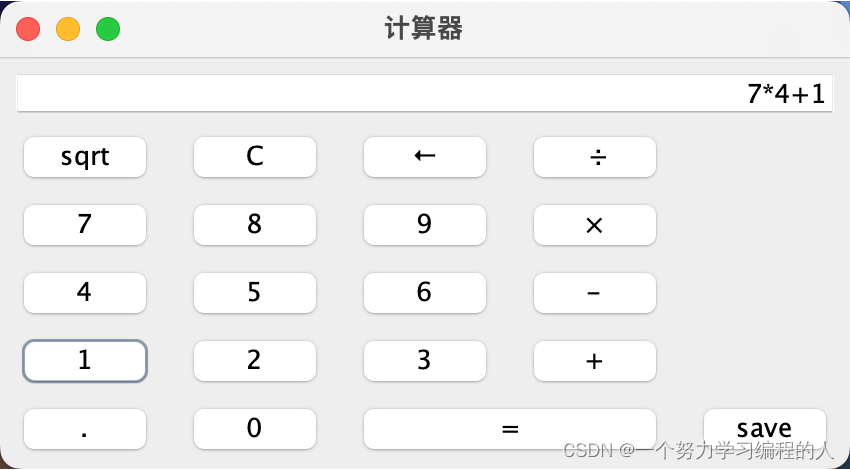controller 模型绑定与参数校验
gin框架提供了多种方法可以将请求体的内容绑定到对应struct上,并且提供了一些预置的参数校验
绑定方法
根据数据源和类型的不同,gin提供了不同的绑定方法
- Bind, shouldBind: 从form表单中去绑定对象
- BindJSON, shouldBindJSON: 这两个方法是从json表单中去绑定对象
- 还有从xml,protobuf等等
参数校验
gin提供了一系列预置的参数校验,可以参考官方文档。 用binding 标签
-
required 必须参数
-
number 要求数字
-
omitempty 允许为空
-
email 邮件格式
等等
实例
package course
import (
"github.com/gin-gonic/gin"
"net/http"
)
func InitRouters(r *gin.Engine) {
//使用路由分组
api := r.Group("api")
initCourse(api)
}
func initCourse(group *gin.RouterGroup) {
// 路由分组
v1 := group.Group("/v1")
{
// /api/v1/course
// 路径携带参数
v1.GET("/course/search/:id", course.Get)
v1.POST("/course/add/:id", course.Add)
v1.PUT("/course/edit/:id", course.Edit)
v1.DELETE("/course/del", course.Delete)
}
}
// 模型绑定, gin 引用了 validator,有一些预置标签
type course struct {
Name string `json:"name" form:"name" binding:"required"`
Teacher string `json:"teacher" form:"teacher" binding:"required"`
Duration int `json:"duration" form:"duration" binding:"number"`
}
func Add(c *gin.Context) {
req := &course{}
// 从form表单去绑定 c.Bind() c.ShouldBind()
// 从json里去取值 c.BindJSON()
// 带should的bind 可以去返回错误,不带的会直接响应请求
err := c.ShouldBindJSON(req)
if err != nil {
c.JSON(http.StatusInternalServerError, gin.H{
"error": err.Error(),
})
return
}
c.JSON(http.StatusOK, req)
}
func Get(c *gin.Context) {
// 获取路径上的参数
id := c.Param("id")
// 都是gin.context作为入参
c.JSON(http.StatusOK, gin.H{
"method": c.Request.Method,
"path": c.Request.URL.Path,
"id": id,
})
}
func Edit(c *gin.Context) {
req := &course{}
err := c.ShouldBindJSON(req)
if err != nil {
c.JSON(http.StatusInternalServerError, gin.H{
"error": err.Error(),
})
return
}
c.JSON(http.StatusOK, gin.H{
"method": c.Request.Method,
"path": c.Request.URL.Path,
"req": req,
})
}
func Delete(c *gin.Context) {
// 从queryString 获取
id := c.Query("id")
// 都是gin.context作为入参
c.JSON(http.StatusOK, gin.H{
"method": c.Request.Method,
"path": c.Request.URL.Path,
"id": id,
})
}
测试

